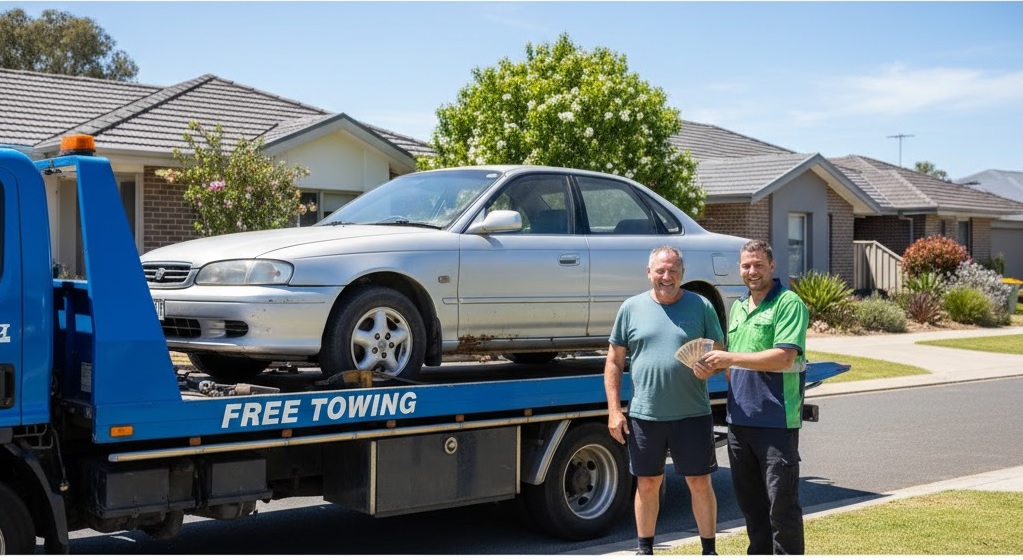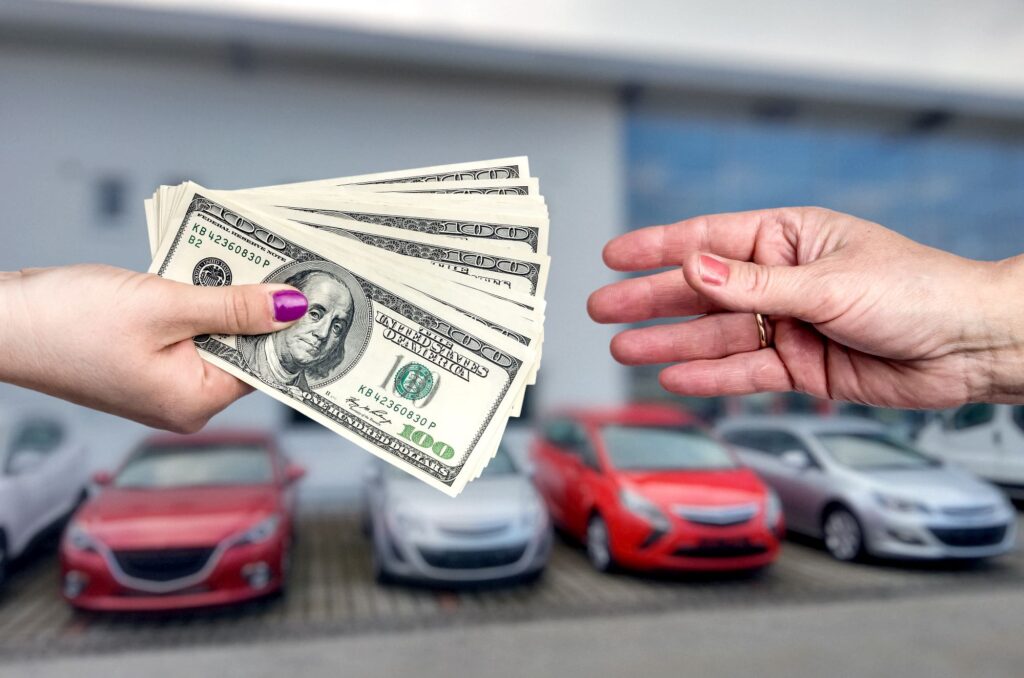
Buying a second-hand motorcycle can be an exciting experience, especially for beginners. However, it can also be daunting, as there are many factors to consider. In this blog post, we will provide you with some essential tips to help you make an informed decision when purchasing a used motorcycle.
Research and Planning:
Before buying a second-hand motorcycle, it’s essential to conduct thorough research and planning. Here are some tips:
- Set a Budget: Determine your budget before you start looking for a motorcycle. Be realistic and consider your financial situation.
- Decide on the Type of Motorcycle: Think about the type of motorcycle you want, based on your riding experience, needs, and preferences.
- Research the Market: Research the current market trends, prices, and availability of the motorcycles you’re interested in. This can help you identify any potential issues or challenges you may face.
Inspection and Maintenance:
When buying a second-hand motorcycle, it’s crucial to inspect it thoroughly and check for any signs of wear and tear. Here are some tips:
- Check the Exterior: Inspect the exterior of the motorcycle for any scratches, dents, or rust. These can be signs of neglect or damage.
- Check the Engine: Inspect the engine for any leaks, rust, or corrosion. Check the oil level and color, and look for any signs of wear and tear.
- Check the Tires: Check the tires for any cracks or signs of wear. Make sure they are inflated to the recommended level.
Test Ride:
Before purchasing a second-hand motorcycle, it’s important to take it for a test ride to see how it performs. Here are some tips:
- Plan the Test Ride: Plan the test ride in advance and choose a route that will allow you to test the motorcycle’s acceleration, handling, and braking.
- Check the Controls: Check that all the controls, including the brakes, throttle, and clutch, are functioning correctly.
- Pay Attention to How it Feels: Pay attention to how the motorcycle feels while you’re riding it. Does it vibrate excessively? Does it feel comfortable and stable?
Negotiation and Documentation:
After inspecting the motorcycle, test riding it, and deciding to purchase it, it’s time to negotiate and complete the necessary documentation. Here are some tips:
- Negotiate the Price: Negotiate the price based on the motorcycle’s condition, age, and mileage. Be prepared to walk away if the seller is not willing to negotiate.
- Complete the Paperwork: Complete all the necessary paperwork, including the title transfer, registration, and insurance.
- Make the Payment: Make the payment and obtain a receipt for your records.
Buying a second-hand motorcycle can be a great investment if you take the time to research, inspect, and test ride the motorcycle. By following these tips, you can make an informed decision and find a motorcycle that meets your needs and budget.
What to Look for When Buying a Second-Hand Motorcycle
Buying a second-hand motorcycle can be a cost-effective way to get on the road, but it’s important to be cautious and informed before making a purchase. Here are some essential things to look for when buying a second-hand motorcycle:
- Exterior: Inspect the motorcycle’s exterior for any signs of damage, such as dents, scratches, or rust. Check the paintwork, wheels, and frame for any damage or unevenness.
- Engine: The engine is the heart of the motorcycle, so it’s important to check it carefully. Look for any leaks or visible signs of wear and tear, such as rust or corrosion. Ask to see maintenance records, and check the oil level and color.
- Tires: Inspect the tires for any cracks, bulges, or uneven wear. Ensure that they are inflated to the recommended pressure.
- Controls: Test the brakes, throttle, clutch, and other controls to ensure they are functioning correctly.
- Test Ride: Take the motorcycle for a test ride on a variety of road surfaces to ensure it handles well. Pay attention to how the motorcycle feels while you’re riding it. Does it vibrate excessively? Does it feel comfortable and stable?
- Documentation: Ensure that you have all the necessary documentation, including the title, registration, and insurance. Make sure the seller has clear ownership of the motorcycle and that there are no outstanding liens or loans.
By paying attention to these key factors, you can make an informed decision when buying a second-hand motorcycle.
Safety: What to Do When You Buy a Second-Hand Motorcycle
Riding a motorcycle can be a thrilling experience, but safety should always be a top priority. Here are some essential safety tips to follow when you buy a second-hand motorcycle:
- Wear Protective Gear: Always wear a helmet, gloves, and other protective gear when riding the motorcycle. This can help protect you in the event of an accident.
- Maintain Your Motorcycle: Regular maintenance is essential to keep your motorcycle in good condition and prevent accidents. Ensure that the brakes, tires, and other critical components are regularly checked and serviced.
- Follow Traffic Rules: Obey traffic rules and signals, and follow speed limits. Always be aware of your surroundings and keep a safe distance from other vehicles.
- Take Safety Courses: Consider taking a motorcycle safety course to improve your riding skills and learn how to handle different situations.
- Practice Defensive Driving: Always assume that other drivers may not see you or may not be aware of your presence. Practice defensive driving techniques to stay safe on the road.
By following these safety tips, you can enjoy the thrill of riding a motorcycle while minimizing the risks.
Buying Tips: Things to Keep in Mind When Buying a Second-Hand Motorcycle
Buying a second-hand motorcycle can be a great way to get on the road without breaking the bank. Here are some important things to keep in mind when buying a second-hand motorcycle:
- Research and Planning: Before you start looking for a motorcycle, determine your budget, decide on the type of motorcycle you want, and research the market to identify potential issues or challenges.
- Inspection and Maintenance: Inspect the motorcycle thoroughly for any signs of damage or wear and tear. Check the engine, tires, and controls to ensure they are functioning correctly.
- Test Ride: Take the motorcycle for a test ride on a variety of road surfaces to ensure it handles well.
- Negotiation and Documentation: Negotiate a fair price with the seller based on the condition and mileage of the motorcycle. Ensure that you have all Check the Seller’s Reputation: Look for reputable dealerships or private sellers with a good reputation. Read online reviews or ask for recommendations from friends or family.
- Consider the Cost of Ownership: Factor in the cost of maintenance, repairs, insurance, and accessories when determining your budget. Look for a motorcycle with a good track record for reliability and low maintenance costs.
By keeping these buying tips in mind, you can make an informed decision and find a second-hand motorcycle that meets your needs and budget.
Buying a second-hand motorcycle can be a great way to get on the road without breaking the bank. However, it’s essential to be cautious and informed before making a purchase. By paying attention to key factors such as the motorcycle’s exterior, engine, and controls, following essential safety tips, and considering the cost of ownership, you can make an informed decision and enjoy the thrill of riding a motorcycle with confidence.


